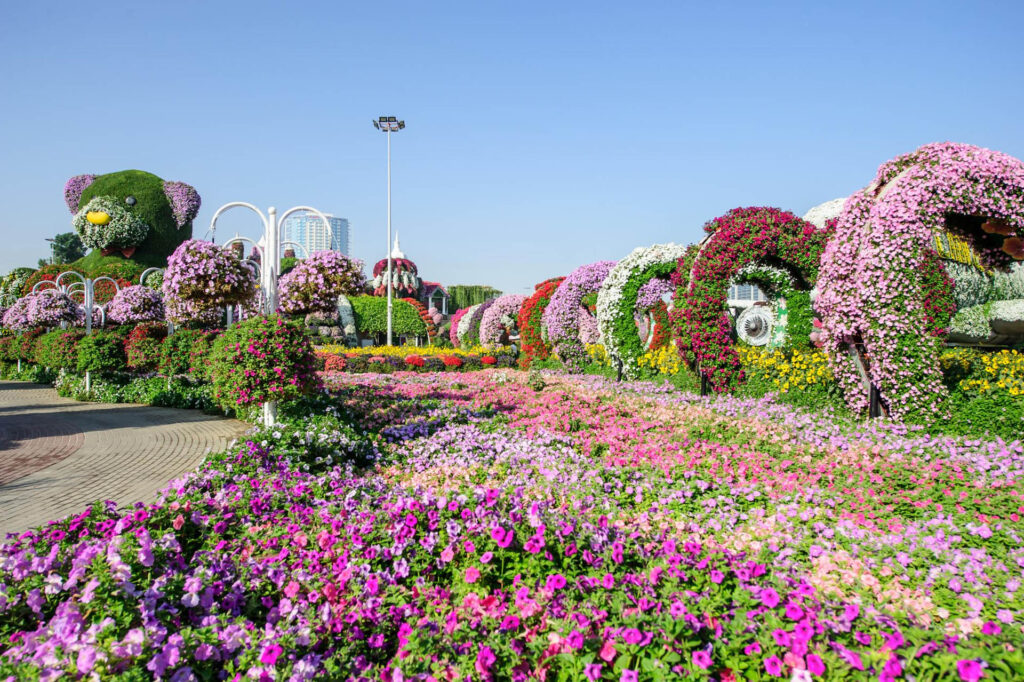Sustainable park design is an approach to creating and managing public parks and green spaces that prioritizes environmental responsibility, resource conservation, and the well-being of both the natural ecosystem and the community it serves. The goal of sustainable park design is to provide recreational and aesthetic benefits while minimizing the negative environmental impacts typically associated with urban development.
Site Selection and Preservation
- Choose park locations that have minimal ecological value or require restoration.
- Preserve existing natural features, such as wetlands, forests, or water bodies, whenever possible.

Native Plantings
- Use native plant species for landscaping to support local biodiversity and reduce water and maintenance needs.
- Create diverse ecosystems with a mix of native trees, shrubs, grasses, and wildflowers.
Water Efficiency
- Implement efficient irrigation systems, including rain sensors and drip irrigation, to minimize water usage.
- Incorporate drought-tolerant landscaping to reduce the need for irrigation.

Sustainable park design not only benefits the environment by reducing resource consumption and protecting ecosystems but also enhances the quality of life for nearby residents. These parks offer green spaces for recreation, relaxation, and connection with nature while serving as models of responsible urban planning and development.
